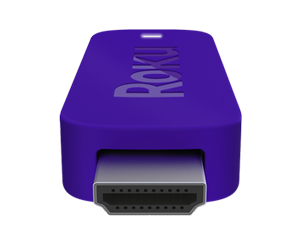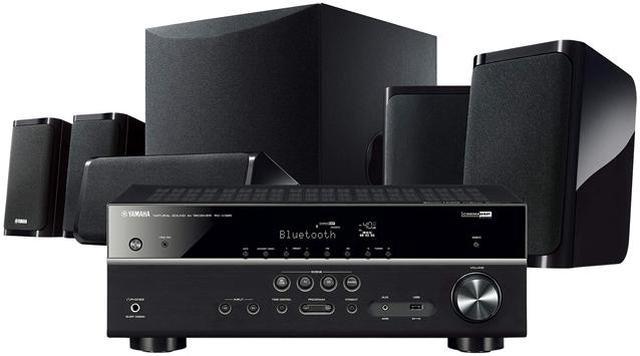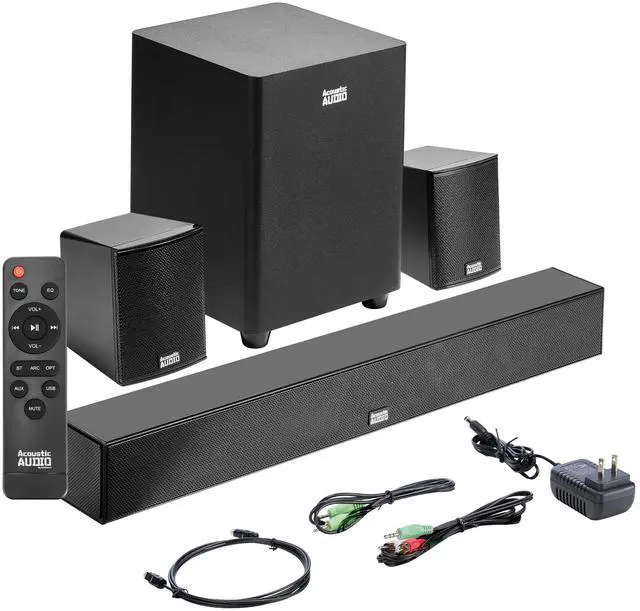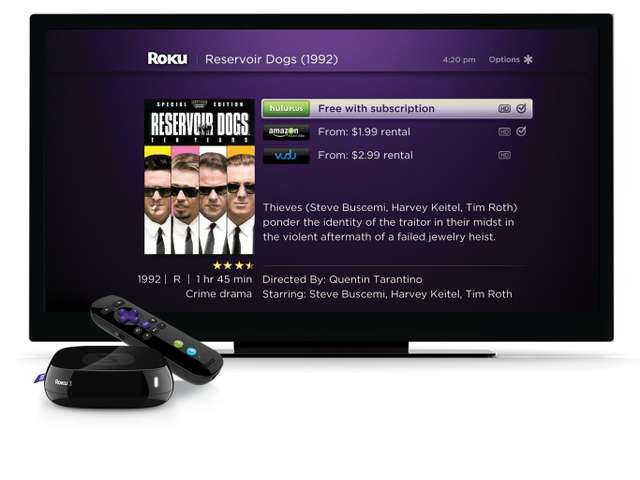Roku announced today they have sold 10 million streaming players in the United States since launching in 2008. This sales figure is not only a significant milestone for the company, but for the entire set-top box industry. And with so many people jumping on board the content streaming bandwagon, it also poses an interesting question: Should you cut the cable TV cord?
The Cable Industry Has Spent a Lot of Money to Bring You Good Programming
There were very few channels to watch when over-the-air broadcasting rose to prominence in the 1950s. The United States only had NBC, CBS, and ABC to choose from, while other parts of the world had even fewer options. But despite the lack of variety, millions of people tuned in to their favorite programs and transformed the TV into the preferred entertainment medium.
Soap operas, sporting events, and news were still being transmitted on the radio, but TV offered people something different — and better. For the first time ever, people could actually see what they were listening to and they loved it.
Over-the-air broadcasting was an instant hit and it didn’t take long for TV executives to come up with new ways to make more money. When HBO launched in 1972, it paved the way for pay-TV networks that benefited both the business and the consumer alike. Networks were able to target their advertising efforts and TV-viewers were able to watch the content they preferred. It was a win-win situation.
As technology improved over the years, more channels became available. By the time the 1984 Cable Act was established, millions of Americans were more than willing to allow the deregulation of the cable industry if it meant they could get access to better TV programming. More channels meant more money, and cable companies jumped at the opportunity to provide more programming options to consumers.
Between the years of 1984 through 1992, the cable industry spent $15 billion to wire America’s TV sets. These companies also invested heavily into creating networks targeted to different audiences and developed over 900 new TV channels. For the last several decades, cable TV subscribers have paid to watch premium content and have made the cable industry one of the most profitable businesses in the world.
And then the Internet happened.
The Internet Has the Potential to Make Cable TV Obsolete, But It Won’t be Easy
The advent of streaming media via the Internet means consumers now have a choice. Instead of paying cable companies hundreds of dollars for hundreds of channels they may never watch, consumers can now order programming a-la-carte. This pricing model is advantageous because it saves people money and allows them to be their own content provider.
Many people have realized they can do this and have cut the cord for good. A recent study found that while only 2.9% of US pay-TV consumers are “very likely” to cancel their cable subscription this year, this number is up from 2.7% last year and 2.2% the year before that. It’s clear that people are slowly but surely realizing the Internet is all they need.
But there’s a problem: The cable industry is more powerful than you think.
As cable companies began to realize the Internet would become its biggest competitor, they started purchasing TV networks, broadband companies, and streaming platforms. Cable companies are no longer just in the business of selling subscription-based programming; they are the programming. And as the battle for net neutrality wages in courtrooms, cable providers are hoping they’ll be able to control the content people can access online — just like they do with your TV.
If the cable companies have their way, the Internet could become just another subscription-based service. But unless you want to watch live broadcasts, websites like Netflix, Hulu, and YouTube are all you need to stay entertained. And with 10 million units sold in just six years, Roku proves that it’s possible to do just that.
Cable TV may never become completely “obsolete”, but Roku does make a good case for cutting the cord.
Roku Makes It Easy to Cancel Cable TV, So What are You Waiting For?
Roku isn’t the only streaming media player, but it’s definitely the most popular. Accounting for a total of 37 million hours of content streamed every week, Roku is used more than its two biggest competitors: Apple TV with 15 million hours and Chromecast with 12 million hours.
Roku by the Numbers
- Roku offers 1,800 streaming channels — 1,000 more than the competition.
- 5 billion hours of content has been streamed since 2008 — 3 billion hours are expected to stream in 2014 alone.
- Roku players are used in every state in America and has a Net Promoter Score of 46 — 16 points higher than Apple TV.
Whether you want to enjoy movies, TV shows, or music; Roku provides more channel options than any cable service provider. It’s also cheaper because you only pay for the channels you want. Unlike cable TV, Roku saves you money instead of charging you for content you will never watch.
Starting at around $50, Roku players provide content from big-name sources like HBO, Showtime, ESPN, and more. And that’s in addition to the content already available on websites like Netflix, Hulu, and YouTube. Combine that with other premium subscription services, and it’s easy to see why Roku is the preferred platform for streaming content.
So what are you waiting for?
If you’re tired of paying the high cost of cable TV and only want to pay for what you use, give Roku a try and see for yourself why 10 million households are doing just that. With no hidden costs or recurring fees, all you have to lose is the cable bill.
And if you’re still wondering if cutting the cord and buying a Roku is the right choice for you, take a look at this infographic that explains why Roku is America’s favorite streaming player:







